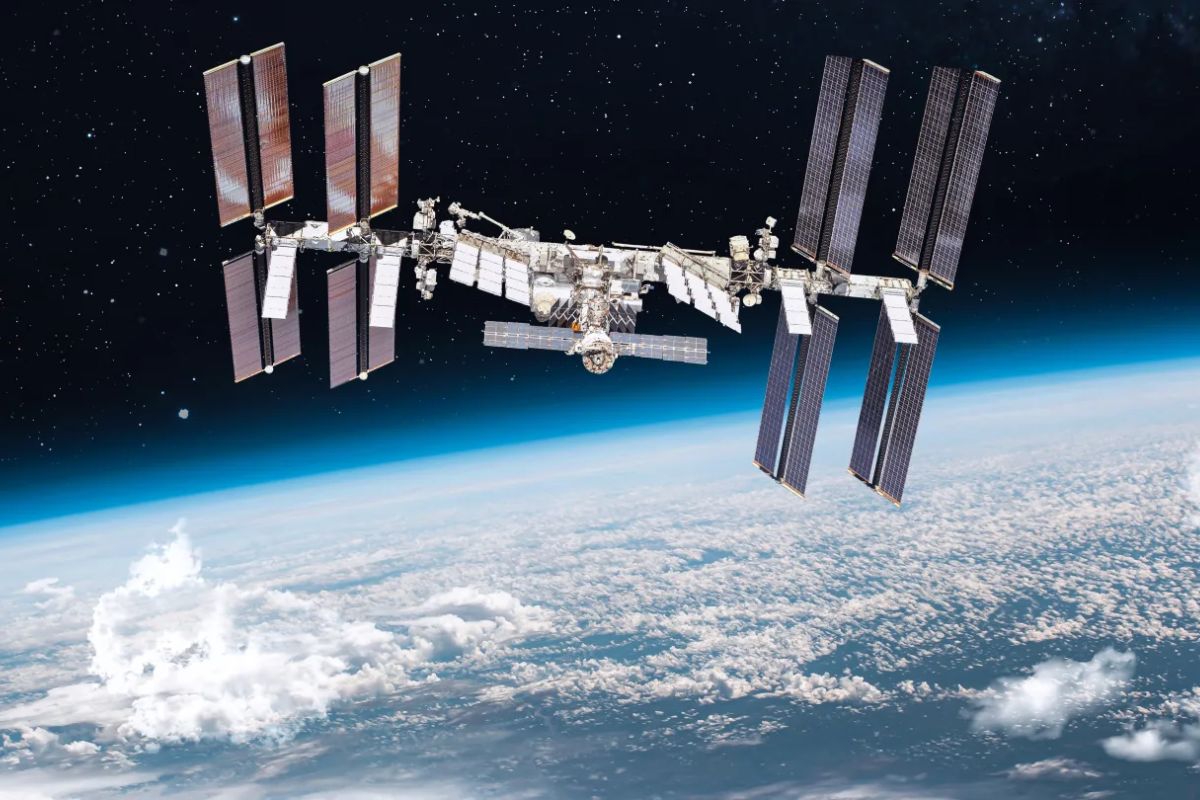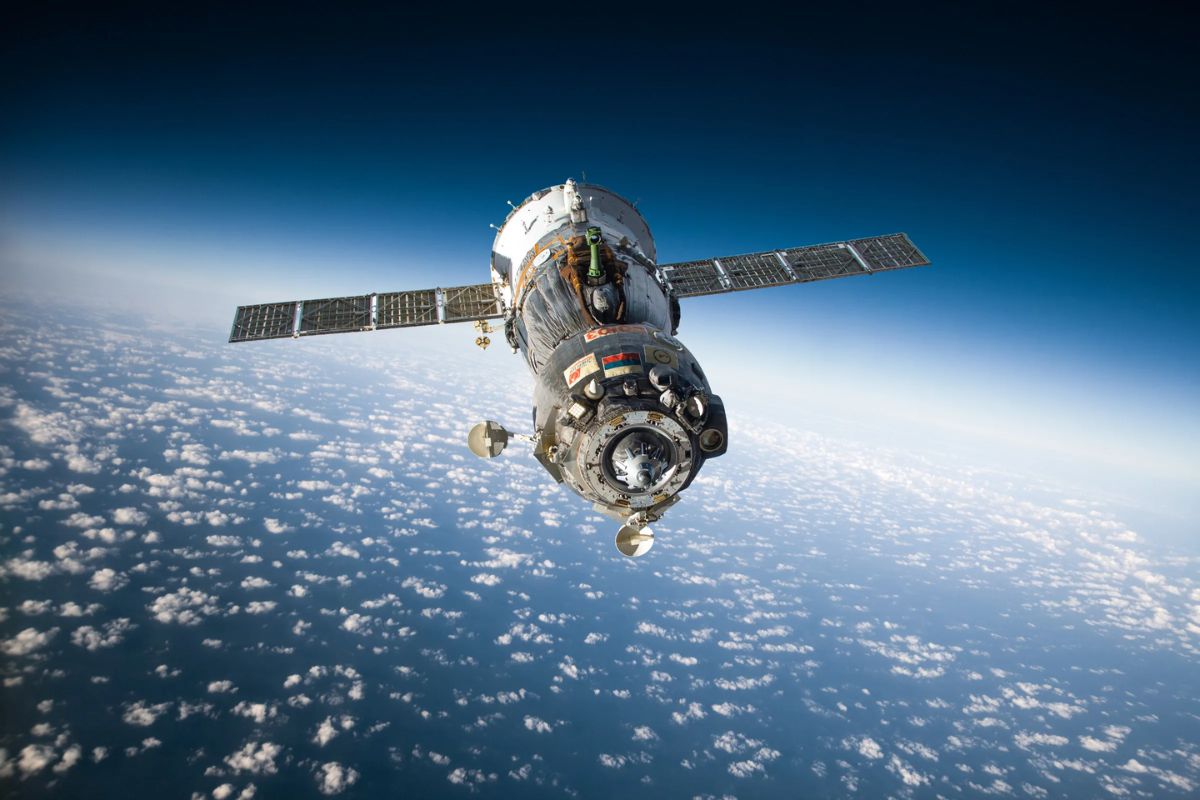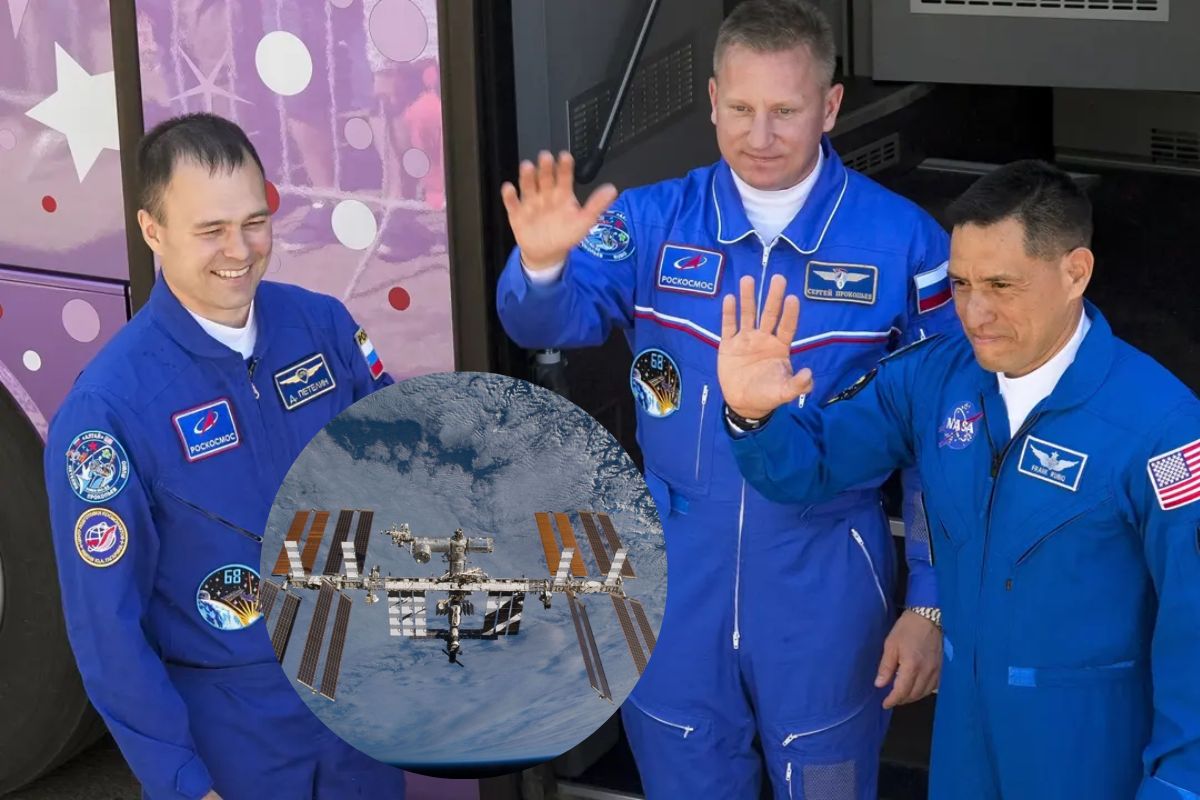To return three crew members stuck in orbit after a meteoroid struck their initial capsule, Moscow will deploy a rescue craft to the International Space Station the following month. Last month, a significant leak on the docked Soyuz MS-22 caused radiator coolant to spill into space and forced two cosmonauts to cancel a scheduled spacewalk.
The strike sparked questions about whether everyone aboard the orbital outpost could return to Earth in an emergency, despite Roscosmos, Russia’s space agency, saying there was no imminent threat to the space station crew.

The MS-22 was declared unsafe due to the leak’s increased cabin temperatures, leaving only one functioning “escape pod” stationed on the ISS—a SpaceX Crew Dragon spacecraft. The SpaceX spacecraft only has four seats, although seven people are on the space station.
Following consideration, Roscosmos said that it has chosen to move up the Soyuz MS-23’s scheduled March launch date to February 20 to utilize it to return to Earth the Russian cosmonauts Sergey Prokopyev and Dmitry Petelin as well as the American astronaut Francisco Rubio.
Before that time, Roscosmos said, the prospect of deploying the damaged Soyuz MS-22 to rescue the crew would be taken into consideration if a “very critical” scenario developed on the ISS.
Originally intended to carry three crew members, MS-23 will depart as a rescue vessel without any crew members. When Prokopyev, Petelin, and Rubio returned to Earth in the backup, Soyuz was not disclosed by Yuri Borisov, the head of Roscosmos.
Once the replacement spacecraft is delivered, the damaged MS-22 will return without a crew, Roscosmos noted. Human spaceflight is seriously endangered by micrometeoroids, naturally occurring rocks, or metal particles that can be as small as a grain of sand. They fly around the planet at a speed of roughly 17,000 mph (27,400 km/h), which is far quicker than a bullet.
According to Roscosmos, the micrometeoroid that struck the docked Soyuz had a tiny diameter and only left a 1mm-sized hole in the spacecraft. Images from NASA TV showed snowflake-like white particles shooting out of the back, and it caused severe damage.

Equipment damage can also result from human-made “space debris.” Russia destroyed one of its satellites in a 2021 missile test that resulted in clouds of whirling shrapnel. Since Russia invaded Ukraine, space has remained a rare area of cooperation between Moscow and Washington.
Nearly ten years after the conclusion of the cold war and at a period of enhanced US-Russian cooperation, the ISS was launched in stages starting in 1998. In 2031, the aging space station will be “de-orbited,” with a programmed descent into an isolated region of the Pacific.
In the meantime, new space competition is intensifying between the US and China. Beijing’s space program launched its first crewed space station in Earth orbit in 2021. The “heavenly palace”-named 70-ton Tiangong is anticipated to be used for at least ten years.
Final Words
If you are interested in learning more about the information offered in the preceding sentence, it is highly advised that you keep a constant connection to Leedaily.com. This is because you will have access to more information there.
